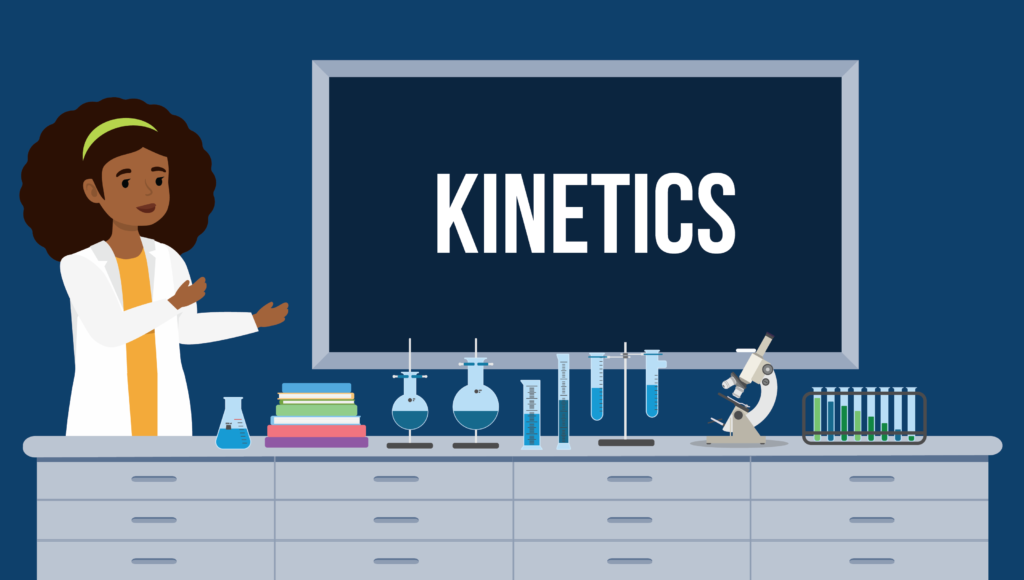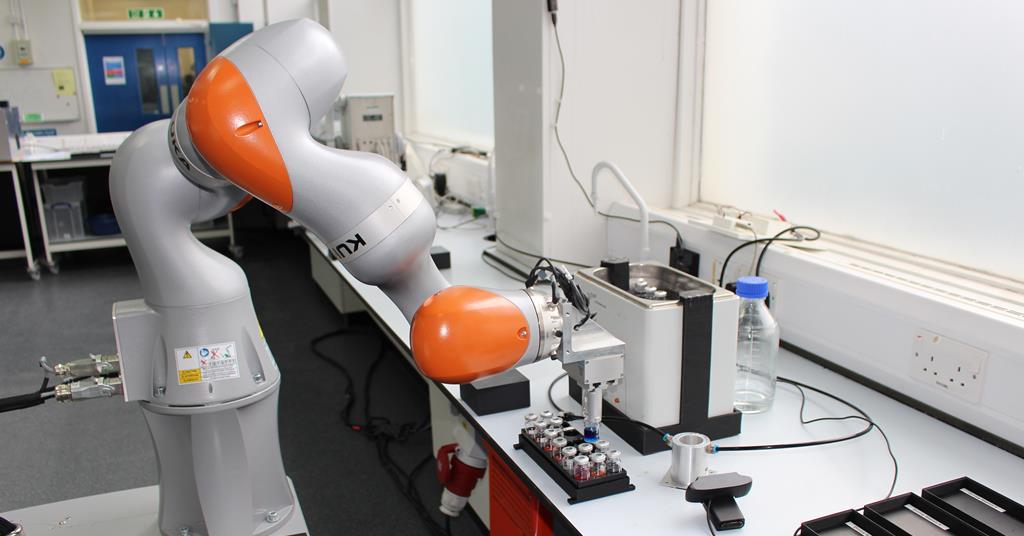Pharmaceutical chemistry is a specialized branch of chemistry focused on the design, development, and formulation of drugs. The drug development process is intricate and involves various stages, from initial discovery to final market approval. Understanding these stages is crucial for ensuring the efficacy, safety, and quality of pharmaceutical products. This guide provides an overview of the key concepts and processes involved in pharmaceutical chemistry and drug development.
1. Drug Discovery
1. Definition: Drug discovery is the initial phase where new drug candidates are identified and developed. This stage involves the exploration of potential therapeutic targets and the design of compounds that can interact with these targets.
2. Key Steps:
- Target Identification: Identifying biological molecules or pathways associated with a disease.
- Hit Discovery: Screening large libraries of compounds to find those that interact with the target.
- Lead Optimization: Modifying the chemical structure of promising compounds to improve their efficacy, selectivity, and safety.
3. Techniques:
- High-Throughput Screening (HTS): Automated process for testing thousands of compounds against a biological target.
- Computational Chemistry: Using computer models to predict the interactions between drugs and their targets.
2. Drug Formulation
1. Definition: Drug formulation involves designing the physical form of a drug product, including its delivery mechanism. This stage ensures that the drug is delivered to the intended site of action in the body effectively and safely.
2. Key Components:
- Active Pharmaceutical Ingredient (API): The component responsible for the drug’s therapeutic effect.
- Excipients: Inactive substances used to formulate the drug, such as binders, fillers, and preservatives.
3. Formulation Types:
- Oral Formulations: Tablets, capsules, and liquids designed for ingestion.
- Topical Formulations: Creams, ointments, and gels applied to the skin.
- Injectable Formulations: Solutions or suspensions administered via injection.
3. Preclinical Testing
1. Definition: Preclinical testing involves evaluating the safety and efficacy of a drug candidate in laboratory and animal studies before human trials.
2. Key Areas:
- Pharmacokinetics (PK): Study of how the drug is absorbed, distributed, metabolized, and excreted in the body.
- Pharmacodynamics (PD): Study of the drug’s effects on the body and its mechanism of action.
- Toxicology: Assessment of the potential harmful effects of the drug on different organ systems.
3. Importance: Preclinical testing provides critical data on the drug’s safety profile and helps identify potential issues before advancing to human trials.
4. Clinical Trials
1. Definition: Clinical trials are research studies conducted in humans to evaluate the safety, efficacy, and optimal dosage of a new drug.
2. Phases:
- Phase I: Involves a small group of healthy volunteers to assess safety, dosage, and pharmacokinetics.
- Phase II: Conducted with a larger group of patients to evaluate efficacy and side effects.
- Phase III: Involves a large population to confirm the drug’s effectiveness, monitor side effects, and compare it to existing treatments.
- Phase IV: Post-marketing studies to gather additional information about the drug’s long-term effects and overall safety.
3. Regulatory Approval:
- Data Submission: Results from clinical trials are submitted to regulatory agencies for review.
- Approval Process: Regulatory bodies like the FDA (Food and Drug Administration) or EMA (European Medicines Agency) assess the data before granting market approval.
5. Drug Manufacturing and Quality Control
1. Definition: Drug manufacturing involves the large-scale production of pharmaceutical products, ensuring that they meet quality and safety standards.
2. Key Aspects:
- Good Manufacturing Practices (GMP): Guidelines ensuring that drugs are consistently produced and controlled according to quality standards.
- Quality Control: Testing of raw materials, in-process materials, and finished products to ensure they meet specified quality criteria.
3. Importance: Manufacturing and quality control processes ensure that drugs are produced safely, consistently, and effectively.
6. Regulatory Affairs
1. Definition: Regulatory affairs involve ensuring that pharmaceutical products comply with all regulations and guidelines set by governmental agencies.
2. Key Responsibilities:
- Regulatory Submissions: Preparing and submitting documents required for drug approval.
- Compliance: Ensuring that drug development and manufacturing processes adhere to regulatory requirements.
3. Importance: Regulatory affairs ensure that drugs are safe, effective, and marketed in compliance with legal and ethical standards.

Pharmaceutical Chemistry
7. Current Trends and Innovations
1. Personalized Medicine:
- Focus: Tailoring drug treatments based on individual genetic profiles to enhance efficacy and reduce adverse effects.
- Examples: Genetic testing to determine the best drug therapy for cancer patients.
2. Biologics and Biosimilars:
- Focus: Development of biological products like monoclonal antibodies and biosimilars that mimic original biologics.
- Examples: Treatment for autoimmune diseases and cancer.
3. Digital Health:
- Focus: Integration of digital technologies in drug development, including digital biomarkers and remote monitoring.
- Examples: Mobile apps for tracking medication adherence and virtual clinical trials.
Conclusion
Pharmaceutical chemistry is a dynamic field that encompasses the entire drug development process, from discovery to market approval. Understanding each stage—drug discovery, formulation, preclinical testing, clinical trials, and manufacturing—helps ensure that new medications are safe, effective, and of high quality. Staying abreast of current trends and innovations in pharmaceutical chemistry is essential for advancing drug development and improving patient outcomes.




